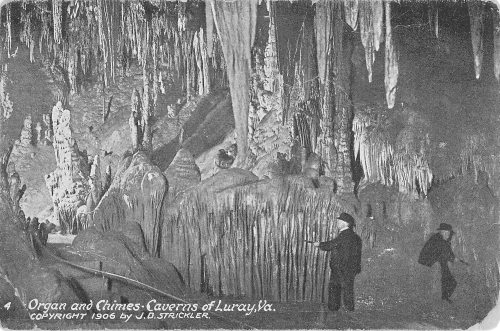created 2025-05-21, & modified, =this.modified
NOTE
Some notes about these ringing rocks.
I like this idea that there was a myth propagated that rocks once removed, would lose their sound. Currently, all small stones are lost and it would require tremendous effort to move the larger ones, weighing tons.
But these points I love
The boulders continue to ring when removed from the boulder fields. Myths have been developed by authorities to discourage the theft of boulders from the fields. At the current stage, however, most fields have been picked clean of small portable “ringers”, and breaking of large boulders into smaller pieces releases the internal stresses—thus causing them to stop ringing (i.e., breaking a piece off of a large ringing rock will only gain a dead chunk of rock). “Small” ringers found today weigh over a ton and would have to be dragged out of the boulder fields using large equipment.
If you break the rock, it loses the ability to sing. It must remain whole.
Also,
In 1965, geologist Richard Faas of Lafayette College took a few of the rocks back to his lab for testing. He found that when the rocks were struck, they created a series of tones at frequencies lower than the human ear can hear. An audible sound is only produced because these tones interact with each other.
This study, if believed, says the tones it produces are lower than what we can hear, but their interaction causes them to be heard. Once again I love this.
Ringing rocks, also known as sonorous rocks or lithophonic rocks, are rocks that resonate like a bell when struck.

It seems there’s still lack of rigorous study on why they ring. But one study shows it might be the result of internal tension, though the reason for this tension is not known.

On the ringing
- Conditions such as size and shape of the boulders and the way that the boulders are supported or stacked certainly influence the sounds that the boulders make but do not in themselves impart the ringing ability.
- Iron is not a primary factor, though the sound is often described as metallic.
- One study, done with “live” and “dead” ringing rocks, suggests its the rust of internal stresses.
- A “relict stress” theory implies the rocks act like like a guitar string.
Lithophone
A lithophone is a musical instrument consisting of a rock or pieces of rock which are struck to produce musical notes.
More generally an Idiophone is an instrument that creates sound by vibration of the instrument itself, without the use of airflow, strings, membranes or electricity. It is discussed further in this classification system of music called Hornbostel-Sachs.
